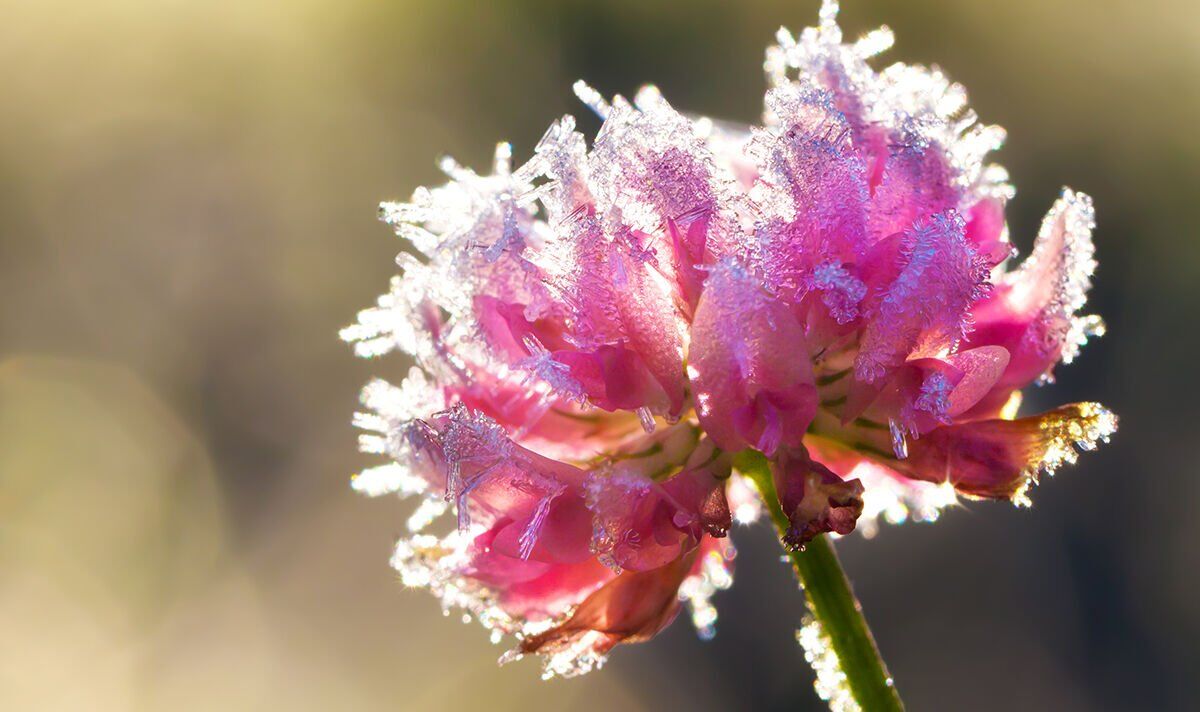
Plant feeding is typically done in the spring and summer – but certain nutrients are best fed to the plants in winter for the sake of their protection.
Generally, the foliage of various kinds will experience a drop in the concentration of water in their tissue, acting like a natural antifreeze.
In other words, it would take extreme cold conditions to form ice in the stem, yet some plants still succumb to frost. Gardeners are promoting a natural defence for your plants, however, and most people already have it in their kitchens.
Petar Ivanov, gardening and plant expert at Fantastic Gardeners, told Ideal Home: “Even though it may sound like one, using tea to protect plants from winter frost is not a myth and it’s a practice based on practical aspects.
“Black tea, in particular, contains tannings that can help plants withstand freezing temperatures.”
READ MORE: Winter pruning – four plants to trim back now for exceptional Spring displays
These unique antioxidants offer wide-ranging benefits for human health, many of which extend to the health of plants. One way tannins benefit greenery is by toughening the cell walls of plants, essentially making them more resilient to the cold.
They do so by creating a thin protective layer around the plants which provides insulation when the first frosts strike.
“It’s generally recommended to apply it after it has cooled to room temperature,” Petar added. “Pouring hot or warm tea directly onto the plants can harm them.”
This is especially true when the temperature difference between plant stem and water is drastic, as this may potentially cause death.
Other caffeine-free varieties of tea – namely rooibos and chamomile – also contain enough tannins to strengthen plant cells.
The protective effects can be further enhanced with the addition of straw around the base of the plant – as this provides an extra layer of insulation.
Naturally, however, plants rely on a set of built-in defence mechanisms that protect them against the cold, but some are more susceptible than others.
Discoloured, dropping leaves, or splits on the stems of the plant are all signs that it is experiencing a shock to their environment.







